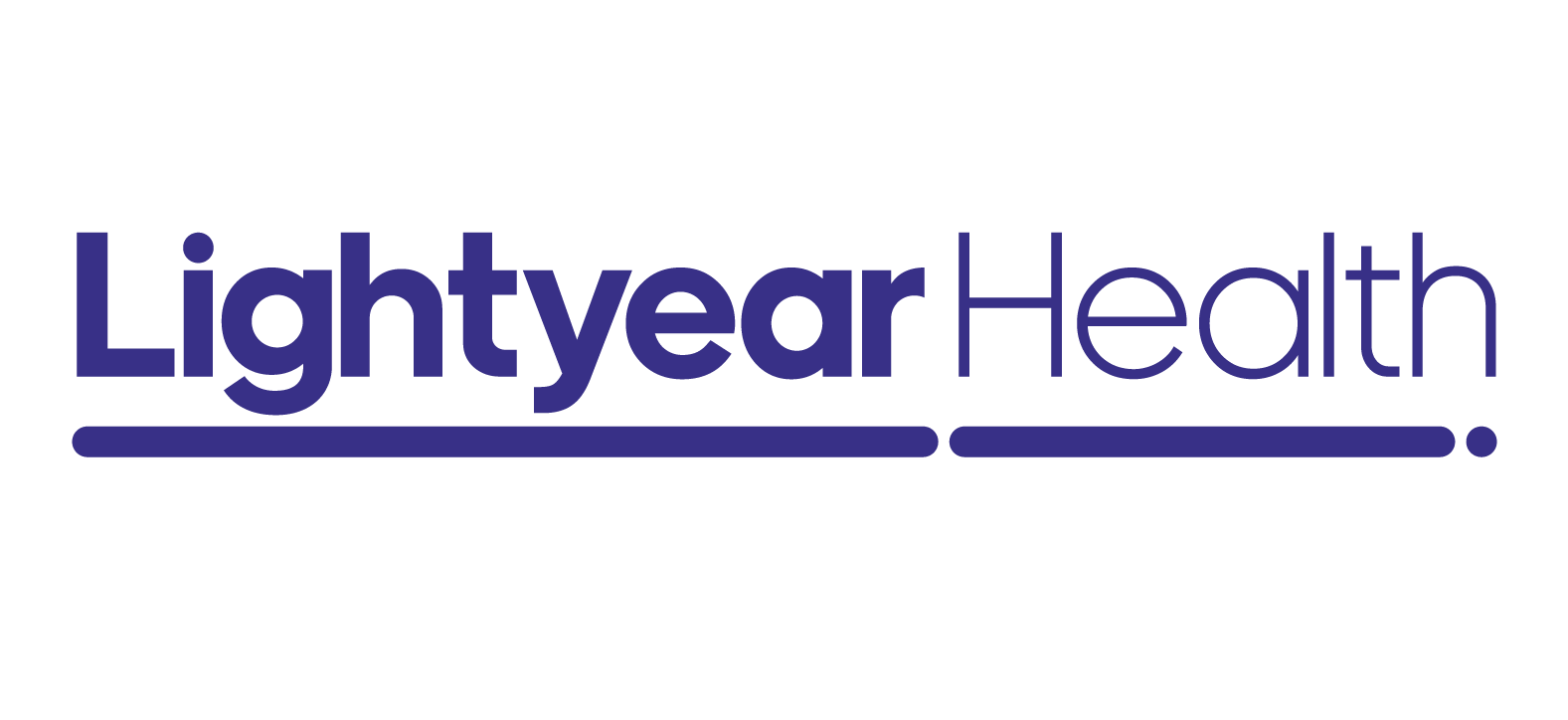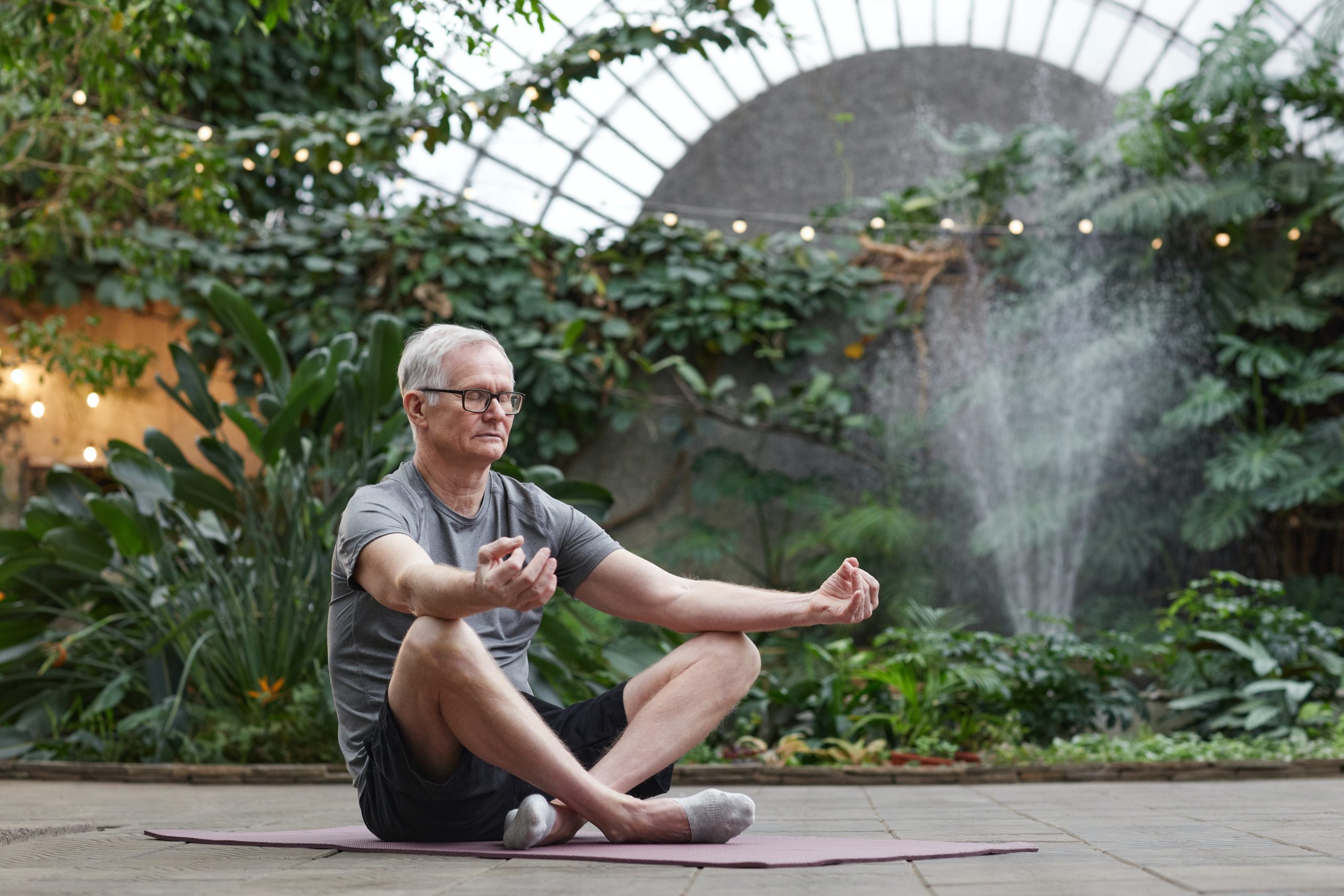While seniors can’t necessarily go for runs, deadlift barbells, or do chin-ups at the gym like they might have been able to do earlier in life, they shouldn’t have to live a sedentary life. Seniors can still engage in loads of different exercises to keep their bodies, and minds, sharp. Many exercise routines for seniors focus on the legs or the arms, but the core often gets forgotten. Your core is called that for a reason, as it is responsible for the health and effectiveness of pretty much every other part of the body.
With that in mind, it’s important to do exercises that strengthen the core to keep your loved one healthy all over. Here are the five that we love the most.
1. Bridges
It can be difficult to find core exercises that are appropriate for seniors, as many of them rely on advanced techniques and moves that might be out of reach. But bridge exercises are fantastic for engaging the abdominal muscles in a way that is achievable by most people.
To do a bridge workout:
- Lay down flat on your back, keeping knees bent and feet against the ground.
- Tightening your abdomen, lift your hips up until your body forms a straight line downward. You should look like a perfectly straight triangle.
- Hold this position for three breaths before slowly lowering yourself back to the floor.
When you observe a senior doing this pose, ensure that their back is in a straight line with their knees and chest. Make sure they are not arching their back, as this can lead to injury. Additionally, it may be smart to do this on a softer surface, like a yoga mat, to reduce the risk of bruising.
2. Seated Side Bends
We love seated side bends because truly anyone can do them. These are an accessible move for people with limited mobility, but it still helps to engage the oblique muscles on the sides of the abdomen. This can help seniors with their balance as well as strengthen their ability to bend over.
To do a seated side bend:
- Sit in a chair with feet flat on the floor.
- Keep one hand behind your head and reach the other toward the floor.
- Lean to the side as if you’re going to touch the ground, tightening the oblique muscles on your side.
- Bend as far as you can, hold for three breaths, and return to the starting position. Repeat on the other side.
You can also have your loved one do a seated twist instead. For this, instead of bending to the side, they’ll rotate their upper body to the left and right to activate the same oblique muscles. It’s an easier move but is just as effective.
3. Leg Lifts
A different way of working your abdominal muscles is by lifting your legs while laying down. This can be a great move for your senior family members as it’s a more comfortable move compared to some of the others.
To do leg lifts:
- Lie down flat on the floor with your legs and feet relaxed.
- While contracting your abs, lift your right leg off of the floor about 5-6 inches.
- Hold your leg here for a few breaths, and then slowly lower. Repeat with the other leg.
Leg lifts help to strengthen the lower abdomen which is a fairly difficult spot to isolate. If your loved one needs a little bit of a challenge, they can change this to a butterfly kick exercise where they raise each leg one after the other in rapid succession. It’s a good way to incorporate some cardio while also maintaining the strength conditioning benefits.
4. Superman
Your core doesn’t just incorporate your abdomen — it also incorporates most of your lower back. For that reason, it’s essential to make sure that seniors are doing exercises that strengthen all parts of their core. The superman is a simple move that doesn’t put too much strain on the lower back, allowing most elderly individuals to accomplish them with ease.
To do a superman:
- Lie down on the floor face down with arms outstretched in front of you.
- Raise your head, both arms, and both legs off the ground about an inch or two. You should look like superman flying through the sky.
- Slowly lower your extremities back down to the floor. Repeat.
When you watch someone complete this move, make sure they are not lifting their arms or legs too far off of the floor, as this can hurt their back. Additionally, if they are struggling to complete the move, have them lift their right arm and left leg instead of lifting all of their limbs at once. Just be sure to have them swap sides each time.
5. Wood Chop
This is a fun dynamic movement that works the obliques, but it also does some work for your arms and legs. We like this workout because of its total body benefits while still focusing on the core.
To do a wood chop:
- Stand with feet shoulder width apart.
- With a slight bend in your arms, twist your body so they are above your right shoulder.
- In a swift movement, swing your arms down towards the left side of your body, as if swinging down an axe.
- Repeat on the right side.
You can make this move a bit more challenging if your loved one is up to it by having them hold a medicine ball. Additionally, they can go into a squatting position when they “swing the axe” down, rather than just standing straight.
Why is Exercising the Core So Important?
Your core encompasses the muscles from the lower rib cage down to the buttocks. Your core is the central portion of your body where all of your extremities stem from. For that reason alone, having a strong core can help make you more agile.
For seniors especially, having a strong core can help with stability and balance. The core supports the spine, which can help seniors gain a better sense of gravity. This might be able to help prevent falls.
Exercising the core can also increase the functional independence of older adults. Functional independence is the ability for an individual to complete daily tasks, such as lifting a box or reaching into a cabinet. With age, functional independence decreases. Keeping the core strong can help allow seniors to engage in everyday activities for longer.
Not to mention, having a strong core might also be able to reduce pain. Many seniors suffer from lower back pain, and strengthening the core can help to stretch and loosen the muscles, possibly providing some relief. In the same way, core exercises can also help to improve posture.
Core Exercises To Avoid
Some of the core exercises you use in your daily routine might be appropriate to try with your senior family members too. However, there are some workouts that you might want to avoid in favor of some of the alternatives on this list.
The main one to avoid is crunches. Seniors may lack the core strength to properly complete a crunch without putting strain on their neck. With that in mind, doing a crunch might cause more harm than good. Not to mention, crunches tend to work the hip flexors more than the core, so it’s not really doing much to help their lower back in the same ways we once believed.
In Conclusion
Core exercises aren’t just for bodybuilders. In fact, having a strong core as a senior is essential to help prevent falls, reduce back pain, and improve posture.
Some of our favorite core exercises can even be done right from home:
- Bridge exercises and seated side bends are two of the most accessible. We love these because people of all skill levels can give them a go to feel some burn in their abs.
- Leg lifts and superman exercises are a bit more involved, but the dynamic nature of both can help to give some assortment to most other senior exercise routines.
- Finally, the wood chop exercise is a total body workout that can be modified with weights or additional moves based on your loved one’s skill level.
If you need some more help coming up with routines to keep your family members in their best shape, Lightyear Health’s team of specialists can help provide workouts to manage pain or improve mobility.
To learn more about how we can help improve your loved one’s quality of life, click here.
Sources:
Core Anatomy: Muscles of the Core | American Council on Exercise
Evaluation of functional independence after discharge from the intensive care unit | NCBI



